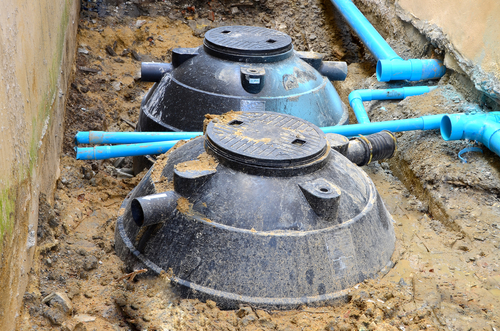 |
Highlights of Expanded UST Operator Training
The Energy Policy Act of 2005 amended Subtitle I of the Safe Drinking Water Act (SDWA), which is the federal statute authorizing the UST program. One of the provisions is UST operator training that is required for all states receiving Subtitle I funds, whether the state is approved to run its own UST program or not. On the other hand, according to the EPA, the operator training grant guidelines do not apply to UST systems in Indian country (where the EPA is the primary implementing agency) and in states and territories that do not meet the requirements of EPA’s operator training grant guidelines.
In the proposed regulations, the EPA requires that UST system owners and operators designate individuals for each of the three classes of operators—Class A, Class B, and Class C. More specifically, at least one Class A and one Class B operator must be designated for each UST or group of USTs. In addition, UST owners and operators must designate all of their employees who meet the definition of “Class C operator” and train them accordingly. All Class C operators must be employees, not contractors. The EPA will also allow just one person to be designated for all three classes; however, that person must also be trained in all three classes. The classes are defined as follows:
Deliver fast and effective Environmental, DOT, and OSHA training with Environmental Training Library. Get it Now.
Class A operator—The individual with primary responsibility for operating and maintaining a UST system according to applicable requirements established by the implementing agency. The Class A operator typically manages resources and personnel, such as establishing work assignments, to achieve and maintain compliance with regulatory requirements.
Class B operator—The individual with day-to-day responsibility for implementing applicable regulatory requirements established by the implementing agency. The Class B operator typically implements in-the-field aspects of operation, maintenance, and associated recordkeeping for an UST system.
Class C operator— The employee responsible for initially addressing emergencies presented by a spill or release from a UST system. The Class C operator typically controls or monitors dispensing or sale of regulated substances.
It is important to note that “EPA is proposing specific definitions of the three operator classes to distinguish them from the term operator defined in the 1988 UST regulation. Only if a Class A, B, or C operator meets the definition of operator in the 1988 UST regulation will he or she then be subject to the same responsibilities and liabilities as an operator.” Furthermore, the EPA clarifies that the proposed definitions of Class A, B, and C operators do not relieve owners and operators (as defined in the 1988 UST regulation) from any legal responsibility.
Train Better in 2014
Environmental Training Library combines an extensive library of prewritten environmental training materials developed by BLR’s experts. Get it Now.
The EPA defines “training program” as any program established by the implementing agency that both provides information to each class of operators and evaluates their knowledge. However, the EPA also proposes to restrict development and administration of the evaluation component of the training for Class A and B operators to independent organizations that are not affiliated with the operators they are training. For example, Class A and B operators will be allowed to train other Class A, B, and C employees at the same facility; however, they cannot evaluate Class A and B operators that they trained, but can evaluate Class C operators. Implementing agencies may also develop and administer their own training or comparable examination.
In addition, the EPA will allow UST owners and operators to designate contractors as their Class A and B operators, with the caveat that the contractors are actually responsible for all areas covered in that class of training. For example, if a contractor is responsible only for release detection compliance, the contractor would not be eligible for either Class A or Class B operator designation because their responsibilities do not cover all the required training areas.
Owners and operators will also be required to keep records of designated operators, document verification of training or retraining, and keep records for the previous 3 years, which is consistent with the 3-year inspection frequency provided by the Energy Policy Act.
